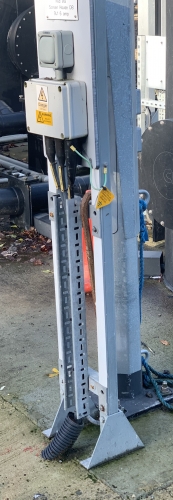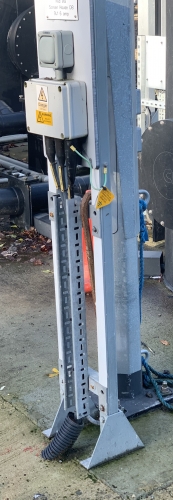 I see this a lot on sites where they’ve got an armoured cable with an earthing ring/banjo connecting the armour to an extraneous conductive part. Should there also be main bonding run as well? Common thing I see is cable tray being supplementary bonded of a local isolator usually 6mm or 10mm?
I see this a lot on sites where they’ve got an armoured cable with an earthing ring/banjo connecting the armour to an extraneous conductive part. Should there also be main bonding run as well? Common thing I see is cable tray being supplementary bonded of a local isolator usually 6mm or 10mm?
 I see this a lot on sites where they’ve got an armoured cable with an earthing ring/banjo connecting the armour to an extraneous conductive part. Should there also be main bonding run as well? Common thing I see is cable tray being supplementary bonded of a local isolator usually 6mm or 10mm?
I see this a lot on sites where they’ve got an armoured cable with an earthing ring/banjo connecting the armour to an extraneous conductive part. Should there also be main bonding run as well? Common thing I see is cable tray being supplementary bonded of a local isolator usually 6mm or 10mm? 
